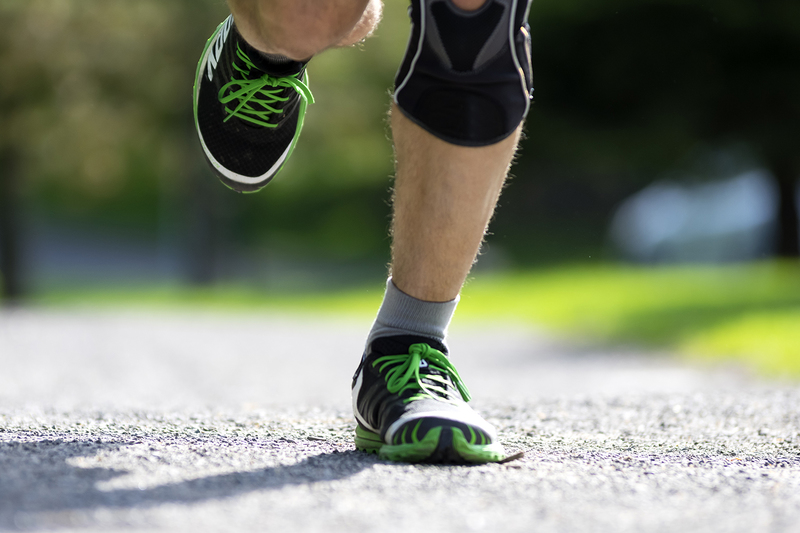
The Effects of Running Shoes on Foot Function and Running Injuries
The effects of running shoes on foot function and running injuries are a topic of ongoing research in the field of biomechanics. While running shoes are designed to provide support and cushioning the impact of their structure on foot movement is not fully understood. Overpronation, an excessive inward roll of the foot, is often linked to common running injuries like plantar fasciitis, Achilles tendinitis and patellofemoral pain syndrome. Despite advancements in shoe technology aimed at stabilizing the foot and reducing overpronation the true relationship between shoe design and foot mechanics remains unclear. By conducting research using dual-plane fluoroscopy, we have gained new insights into how footwear influences foot motion and its potential to prevent injuries, ultimately helping athletes make better footwear choices for their individual needs.
Pronation, a combination of calcaneal eversion, external rotation, and dorsiflexion, is a normal movement of the foot during walking and running. In other words, the foot rolls inwards after it strikes the ground. Excessive pronation, however, has been linked to a multitude of leg injuries, including plantar fasciitis, Achilles tendinitis, and patellofemoral pain syndrome. Over 30 million Americans are classified as recreational or competitive runners, and up to half of them will be injured in any given year, many falling victim to the injuries associated with too much rear foot motion. Athletic shoe manufacturers have attempted to create more stable running shoes (especially on the inside of the shoe) to prevent overpronation and therefore reduce the chance of injury. We do not have a full understanding of how shoe technology affects how the foot moves, and therefore cannot accurately assess how the above-mentioned injuries occur and what can be done to prevent them. Traditional methods of measuring foot motion have not been able to capture how the foot moves within and interacts with the material in a shoe.
The Biomechanics group is starting a new foot project, sponsored by Saucony, that will (1) give us a better understanding of foot mechanics, and (2) allow us to identify how athletic shoes and shoe materials affect how the foot moves. This will be accomplished using our dual-plane fluoroscopy system, which allows measurement of individual bone motion within the foot to sub-millimeter accuracy. Such high levels of precision have never been previously achieved in quantifying foot motion during walking and running.
This study will involve testing competitive runners during the summer of 2009. They will walk and run through the bi-plane system both barefoot and in several different types of footwear. The data collected will give us important information about lower extremity injury mechanisms and how footwear may help reduce injury prevalence.

